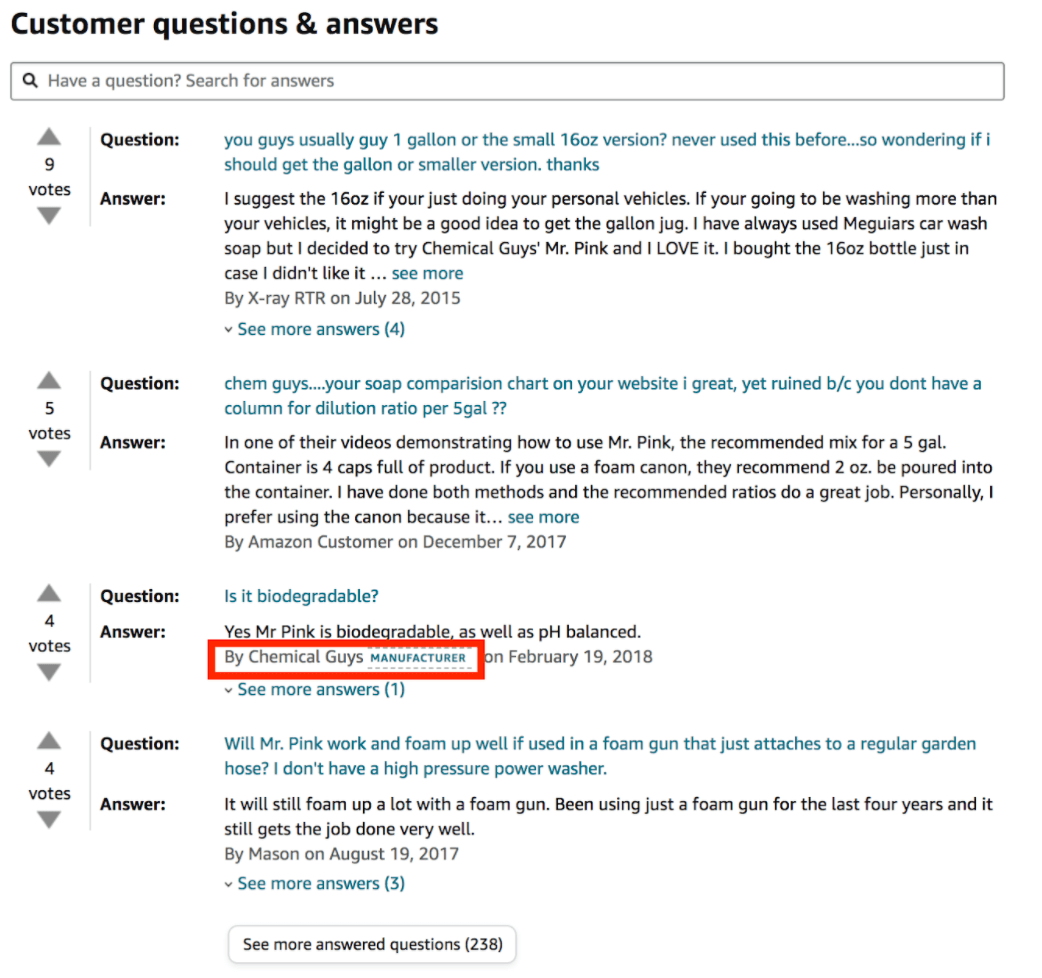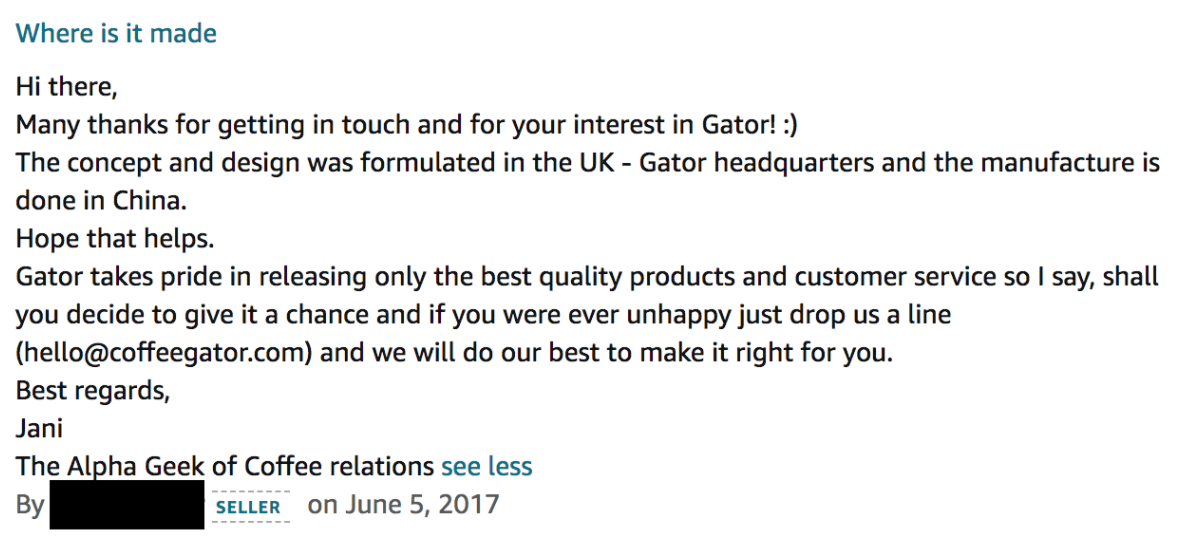Customer service is an integral part of successful business, especially on Amazon. A positive customer experience not only helps with customer retention but increases your chances of receiving positive feedback and reviews.
The last thing you want is for a customer to leave negative feedback about their experience with your business. Seller feedback impacts your overall account health and rating, so it’s important that you take measures to keep it positive.

If you use FBA, Amazon will handle most of the customer service for you, though there may be some instances where you will need to interact with the customer directly.
In this article, we’ll go over the customer interactions you may encounter as an Amazon seller, along with our best practices for converting customers into loyal fans of your brand.
Answering questions on your listing
On Amazon, customers are able to ask questions about your product directly on your listing. Once the questions are answered, they will be publicly visible on your listing page, just above the customer review section.

Both the seller and other customers can answer these questions. Once a customer asks a question, customers who have purchased that product in the past may receive an email of the question with an option to answer. You as the seller will also receive an email notifying you of the question.
Amazon labels questions answered by the seller or manufacturer, so shoppers know it came straight from the source.

Buyer-seller messages
Amazon has strict communication guidelines when it comes to contacting their customers, though customers are still able to reach out to you if they have any questions or issues.
Note: You can no longer leave a comment on your product reviews. In the past, sellers could respond to negative reviews with a public comment to remediate the situation. Now, your best bet for addressing and preventing negative feedback is by answering customer questions instead.
If you receive a message from a customer, it will show up within your Seller Central account.

You must respond to these messages within 24 hours or it’ll hurt your account health rating.

Once in a while, you may receive some spam messages here, but you will still need to take action on them. If it is spam, or you feel you do not need to answer the message, you can mark it as “no response needed.”
Best practices when communicating with customers
Answer listing questions as quickly as possible
The faster you answer, the faster that customer will make a decision about purchasing your product. In most cases, the customer is looking for information they were not able to find within the listing copy. (Side note: a great way to figure out what information to include in your listing.)
Be informative
Don’t give a short, non-descriptive answer that may be difficult for the customer to decipher. Here’s an example of what not to do:

Instead, answer the question with as much detail as you possibly can. This not only helps the customer who asked the original question, but future customers as well.
Avoid using one-word answers in your response — add detail even if you’re addressing a yes/no question. For example, if a customer asks, “Is this product good for kids?” Avoid just saying “Yes.” You can say something like, “Yes, this product is great for kids ages 3-8.”

Personalize your answers
Try not to use a canned response when responding to customers’ questions. Make them personal, as if you’re speaking to the customer in person. Call them by name and give the answer in a polite, professional, and helpful manner.
There’s nothing worse than receiving a copied and pasted answer from a business — it shows a lack of passion and presents the possibility that they didn’t fully consider the question. By going with a personalized approach, your Amazon store will stand out amongst other businesses who don’t go the extra mile for their customers.

Answer account messages within 24 hours
Not only will it hurt your account health if you don’t answer within 24 hours, but you’ll upset the customer by making them wait for a resolution. Responding promptly is just good practice all around to keep your customers happy.
Offer the best solution for the customer
If the customer contacts you and is upset, the best thing you can do is to be overly kind and helpful. If they had an issue with the product or received the incorrect item, offer to send them a replacement free of charge or to fully refund the purchase. While you may lose out on a sale here and there, it is not worth fighting with a customer and potentially receiving a negative review.

Don’t blame the customer
Avoid placing blame on the customer even if the issue seems like it was their fault — take ownership of the issue instead. If you respond negatively or start blaming the customer, that will only escalate the situation. By keeping a calm and positive attitude, the customer will likely stay positive as well.
Always provide a positive customer experience
A positive customer experience equals more positive feedback and reviews for your Amazon business.
Do you have any more tips about providing good customer service? Let us know in the comments!

 13 Comments
13 Comments
13 comments on “How to Answer Amazon Customer Questions”